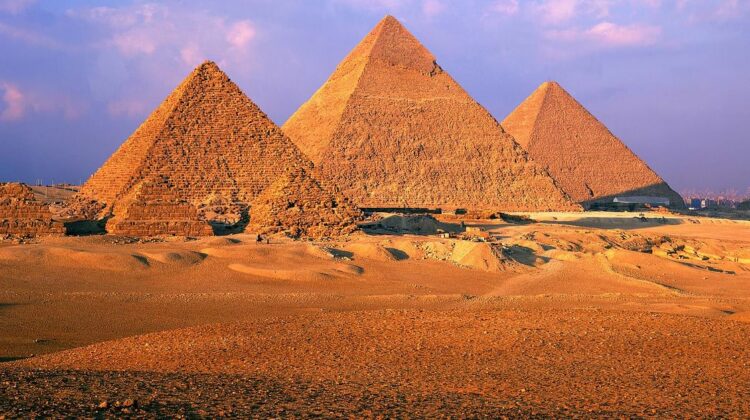
In ancient Egypt, the pyramidion was the uppermost piece of a pyramid or obelisk. Made of diorite, granite, or fine limestone, the pyramidion was an ornate and highly-decorated capstone that was often covered in gold or electrum. While many pyramids have been destroyed over time, very few pyramidia have survived into modern times, making them a rare and valuable find for historians and archaeologists.
One of the surviving pyramidia is a stunning relic of ancient Egyptian architecture that provides valuable insights into the culture and beliefs of this ancient civilization. This particular pyramidion was discovered in the tomb of a queen and is now housed in the Egyptian Museum in Cairo.

The pyramidion is decorated with a series of intricate carvings and hieroglyphs that reveal the queen’s name, as well as her titles and lineage. These inscriptions provide important information about the role of queens in ancient Egyptian society, as well as their religious beliefs and practices.
In addition to its historical and cultural significance, the pyramidion is also a remarkable example of ancient Egyptian craftsmanship. The intricate carvings and detailed designs demonstrate the skill and precision of the artisans who created it, and the use of precious metals like gold and electrum highlights the opulence and wealth of ancient Egyptian royalty.

Despite its age and the wear and tear it has endured over the centuries, the pyramidion is still an impressive and awe-inspiring artifact that continues to capture the imagination of people around the world. Its discovery and preservation serve as a reminder of the incredible achievements of ancient Egyptian civilization, and the enduring legacy that it has left for future generations to discover and appreciate.
In conclusion, the pyramidion is a fascinating and valuable relic of ancient Egyptian architecture and culture. As one of the few surviving examples of this ornate and highly-decorated capstone, it provides a unique window into the beliefs and practices of this ancient civilization. Its historical, cultural, and artistic significance make it a treasure for scholars, historians, and enthusiasts alike, and a testament to the enduring legacy of ancient Egyptian civilization.

Leave a Reply